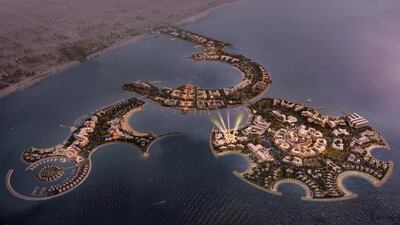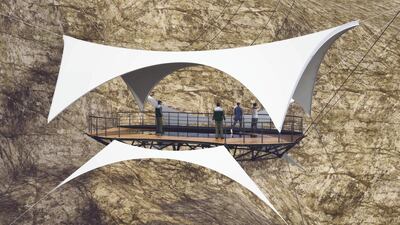
























Ras Al Khaimah targets 20% growth in visitor numbers as border restrictions ease
Emirate's tourism sector will add 1,500 new hotel rooms this year as it seeks to 'build for the future', tourist development chief says

Deena Kamel
March 25, 2021
- Listen in English
- Listen in Arabic